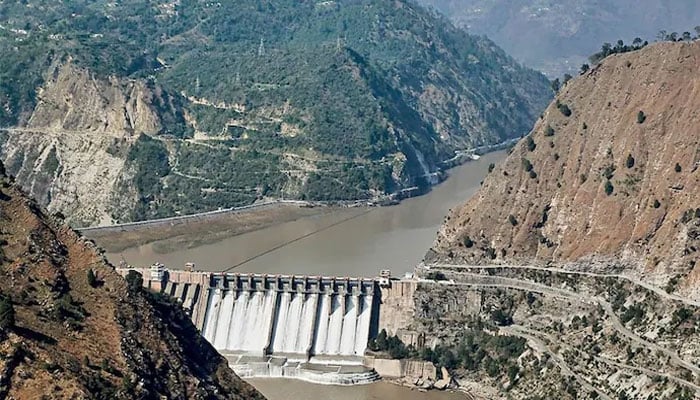ISLAMABAD: India has announced plans to construct 10 new mega hydropower projects in the disputed region of Ladakh under its master plan to harness the flow of the mighty Indus River.
The proposed projects include Achinathang-Sanjak, Parfila, Sunth (Batalik), and Khaltse, among others.
These developments have sparked serious concerns regarding potential violations of the Indus Waters Treaty (IWT), which regulates the distribution of the Indus River system between India and Pakistan. Experts warn that these projects exceed the permissible storage capacity allowed under the treaty and could significantly disrupt the water flow into Pakistan, threatening its agriculture and water security.
The move is also raising humanitarian concerns, as it appears that the primary aim of these hydropower stations may be to provide energy and heating facilities for Indian military deployments stationed in the glaciated regions of Siachen. Meanwhile, the local population in Ladakh continues to suffer from chronic energy shortages and harsh winter conditions.
These alarming developments have been highlighted in a letter by Pakistan’s renowned water expert, Mr. Irshad H. Abbasi, titled “A Humanitarian Crisis in the Making: The Indus Waters Treaty and India’s Actions”. The letter has been formally addressed to the United Nations Secretary-General, Mr. António Guterres, calling for urgent international attention and intervention.
Pakistan has consistently maintained that India’s construction activities in the disputed territory of Ladakh violate not only the IWT but also United Nations resolutions that acknowledge the region’s contested status.
As tensions rise, environmentalists, legal experts, and regional observers warn that these projects could escalate already fragile relations between the two nuclear-armed neighbors and trigger a broader regional water crisis.


Comments are closed.